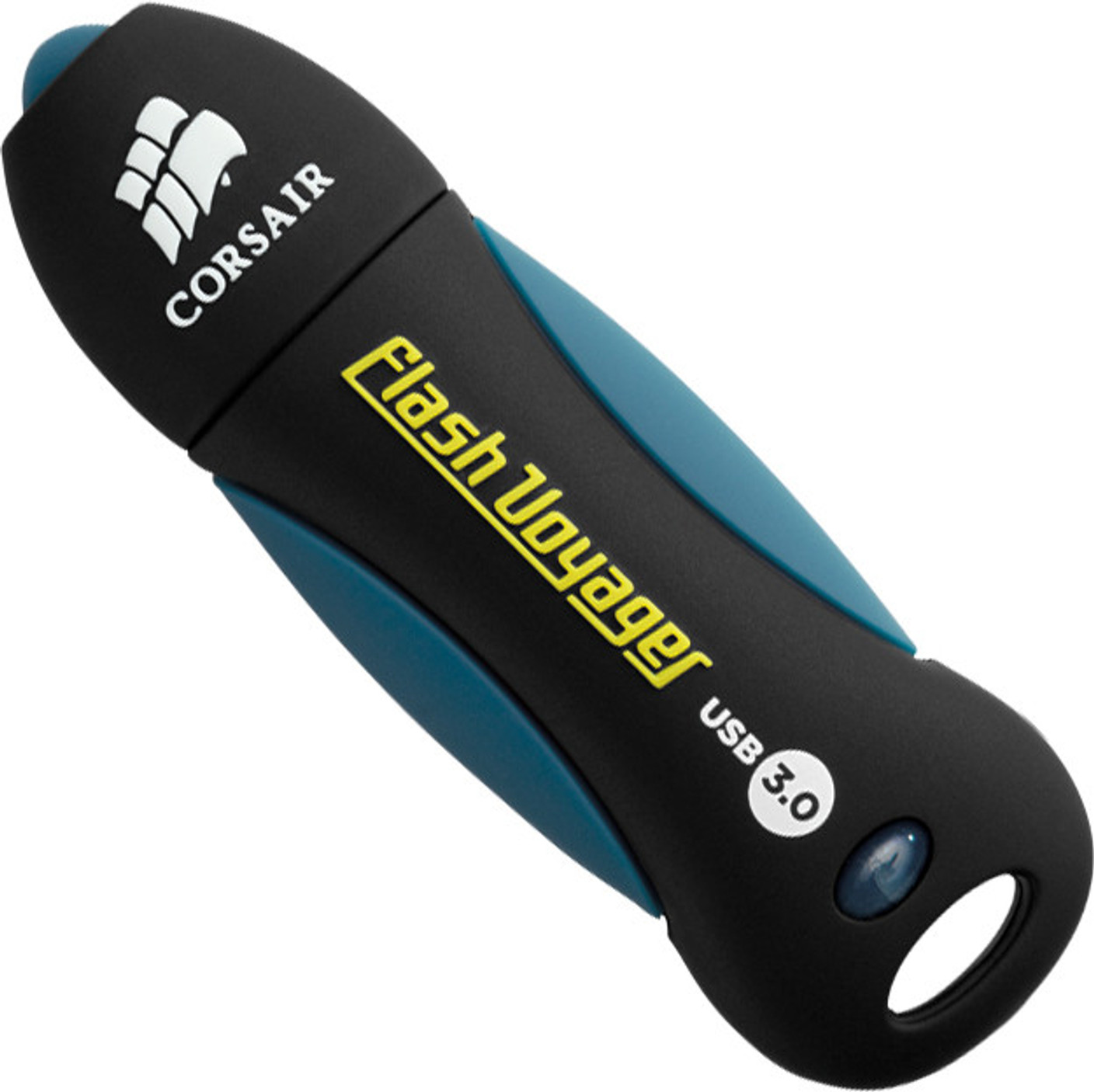
Sudo yum install -y balena-etcher-electron Sudo dnf install -y balena-etcher-electron Then install the package using the DNF package manager: On RHEL-based distros like CentOS and Fedora, add the Etcher RPM repository: Install Etcher on Debian/Ubuntu using APT: If you're using a Debian-based distribution like Ubuntu, issue the following command: If the above method doesn't work and you’re unable to run Etcher from its AppImage, install it via the command line using a package manager.īut first, you'll have to add the Etcher repository to your system using cURL. Make sure to provide the exact name of the AppImage file in the aforementioned command. Go to the Permissions tab and tick the checkbox next to Allow executing file as program.ĭouble-click on the AppImage file to launch Etcher.Īlternatively, you can also use the chmod command to assign executable permissions to the file. Right-click on the AppImage file and select Properties.


Once downloaded, follow the steps below to get started:Įxtract the downloaded ZIP file to get the Etcher AppImage. The easiest way to run Etcher on your Linux system is by downloading the AppImage file. There are two ways to go about this: you can either download the Etcher AppImage from Balena's official website or install the software directly via the command line.ġ. Run Etcher Directly Through the AppImage

So if you accidentally plug in a defective SD card or flash drive, the software will notify you about the same, rather than flashing the image file onto the corrupted drive and leaving you wondering why your boot drive isn't working.īefore you start using Etcher, you first need to install it and set it up on your computer. One aspect of Etcher that separates it from some of the other image flashing utilities is its ability to validate the removable device before initiating the flashing process. To create a bootable drive with it, all you need to do is perform a few simple steps, and it'll take care of flashing the image file onto your selected storage media. With Etcher, you get a pretty intuitive graphical user interface (GUI): one that's both easy to navigate and use. It's free to use and available across all major platforms: Linux, macOS, and Windows.

Here's a guide to help you through the process.Įtcher, also referred to as balenaEtcher, is a program used for writing image files onto storage devices, such as USB flash drives and SD cards. If you're on Linux, you can use Etcher to create a bootable drive. To create a bootable drive, you need to flash an image file onto your removable device using an image flashing utility. Moreover, bootable drives also serve as live USB drives and facilitate access to your system on any device, anywhere. They allow you to temporarily access the file system of a broken computer and fix the problem that caused the breakdown. Boot disks (or bootable drives) are a vital tool for troubleshooting system issues on any operating system.


 0 kommentar(er)
0 kommentar(er)
